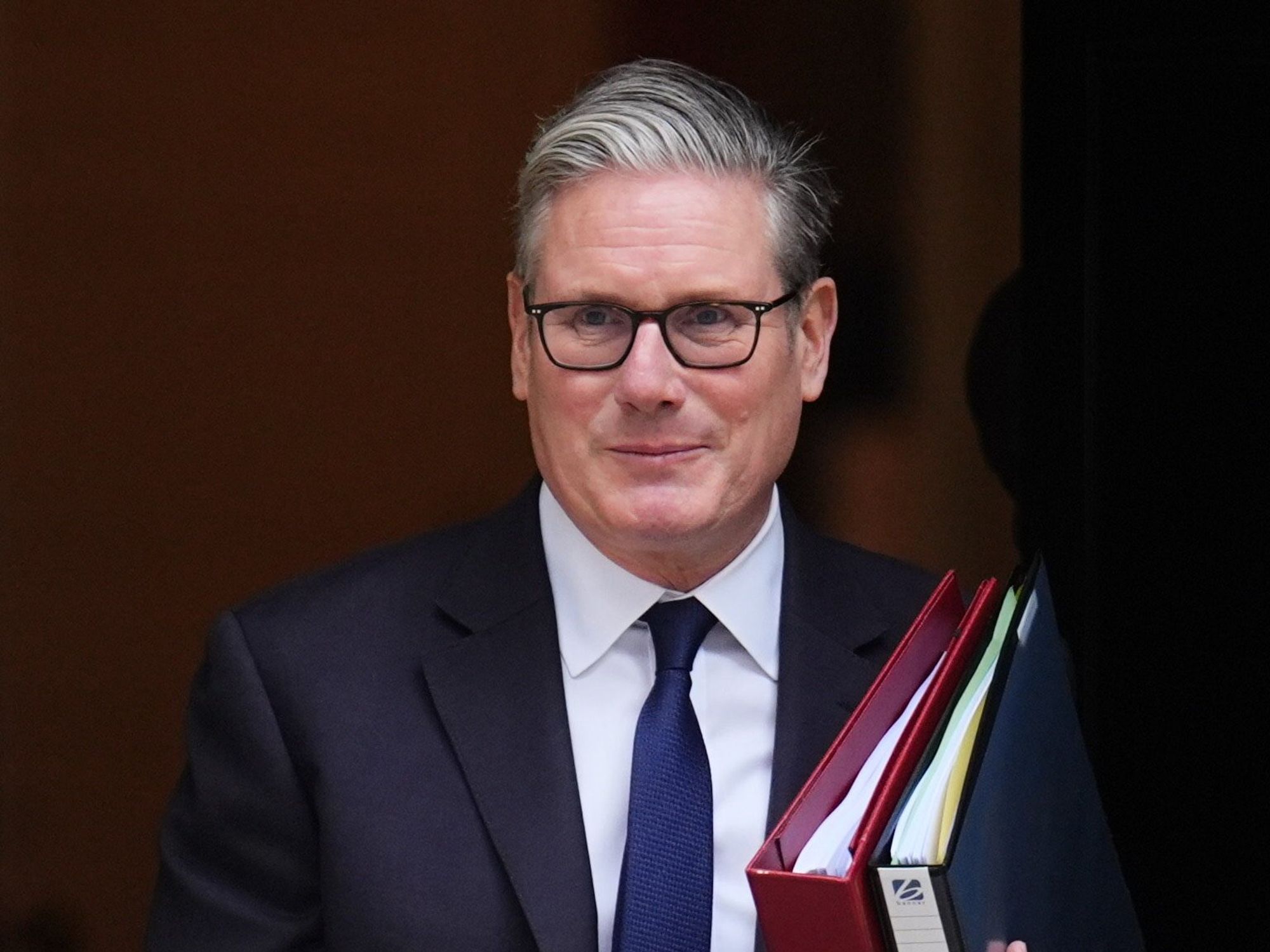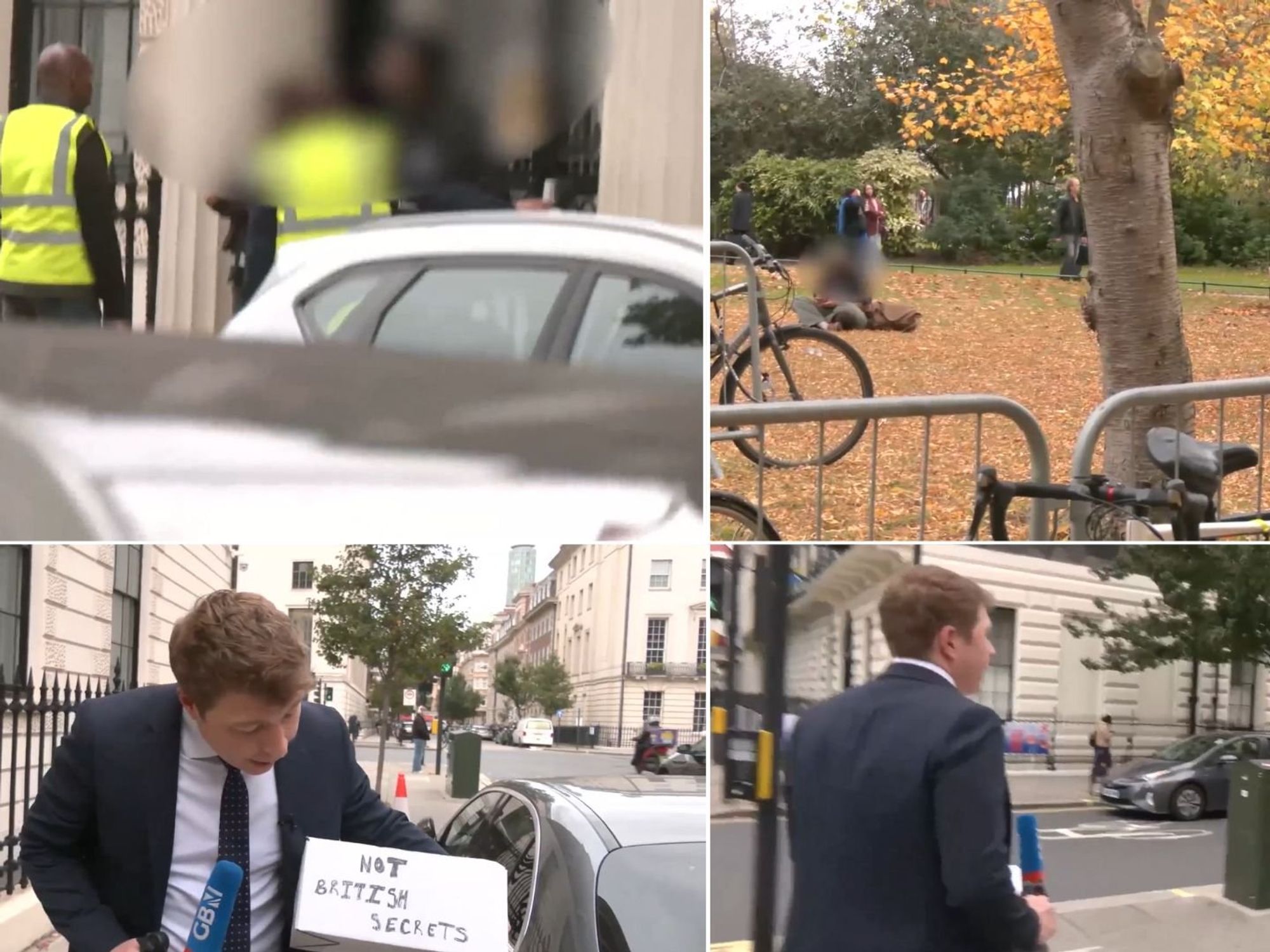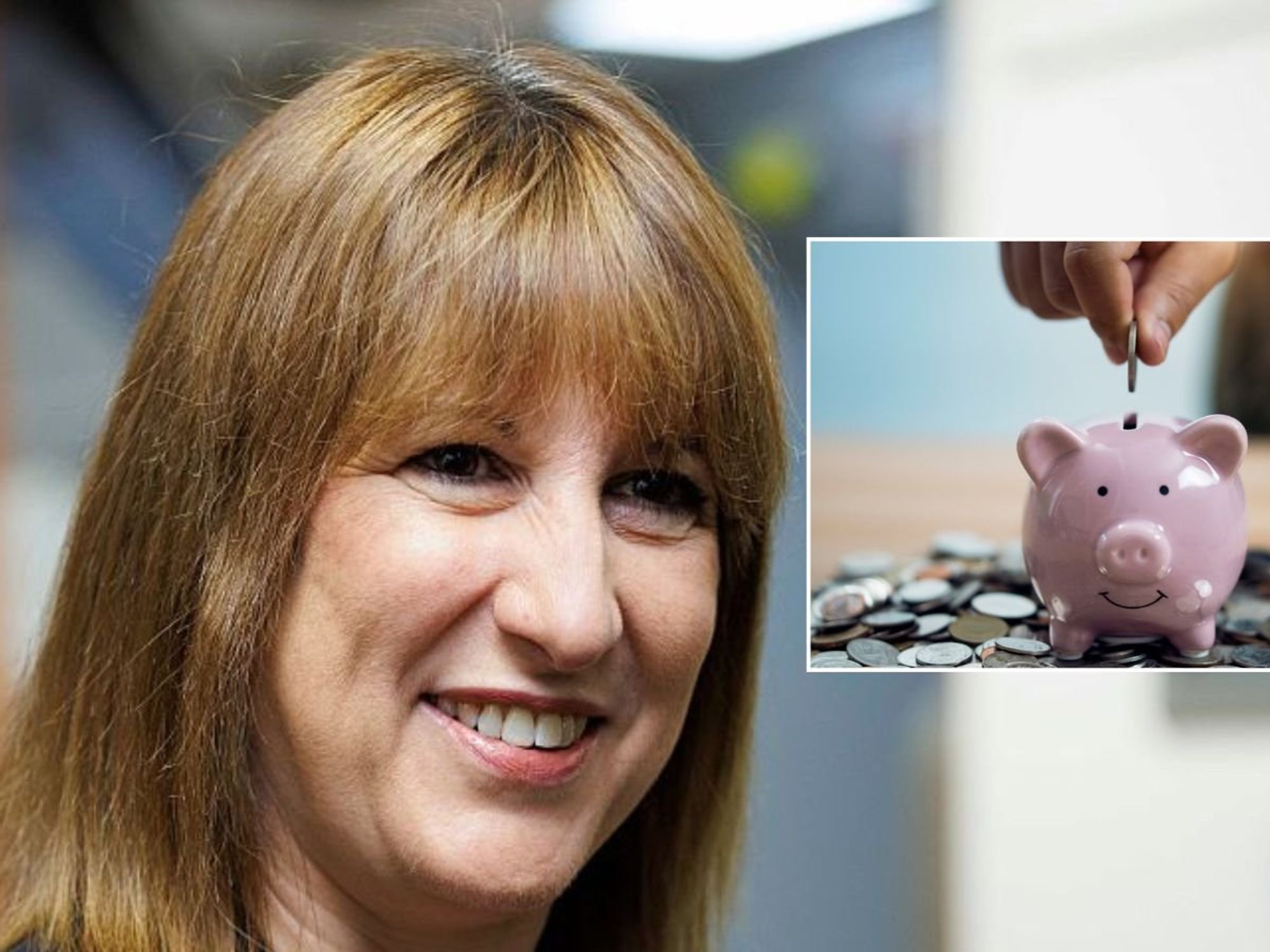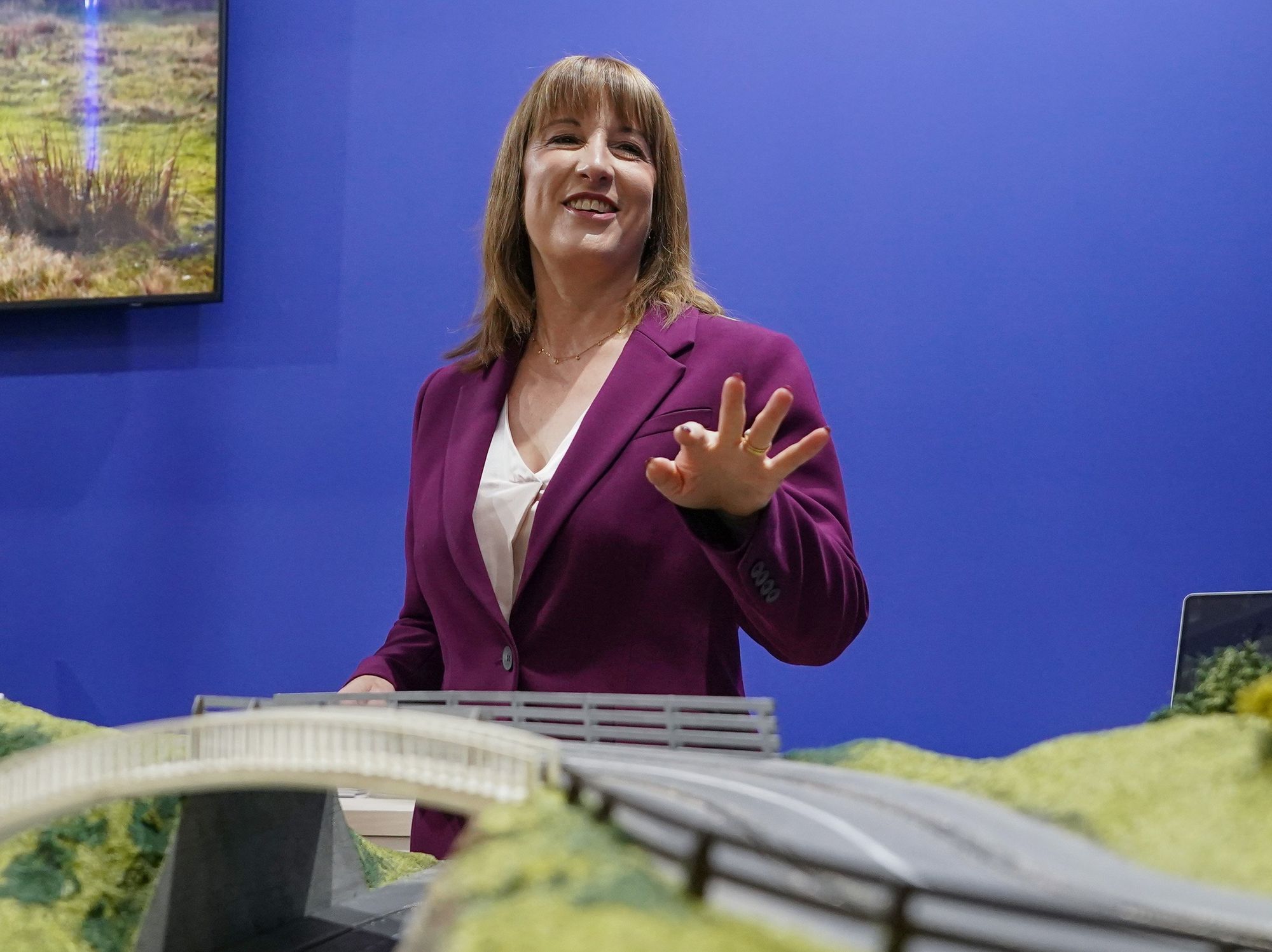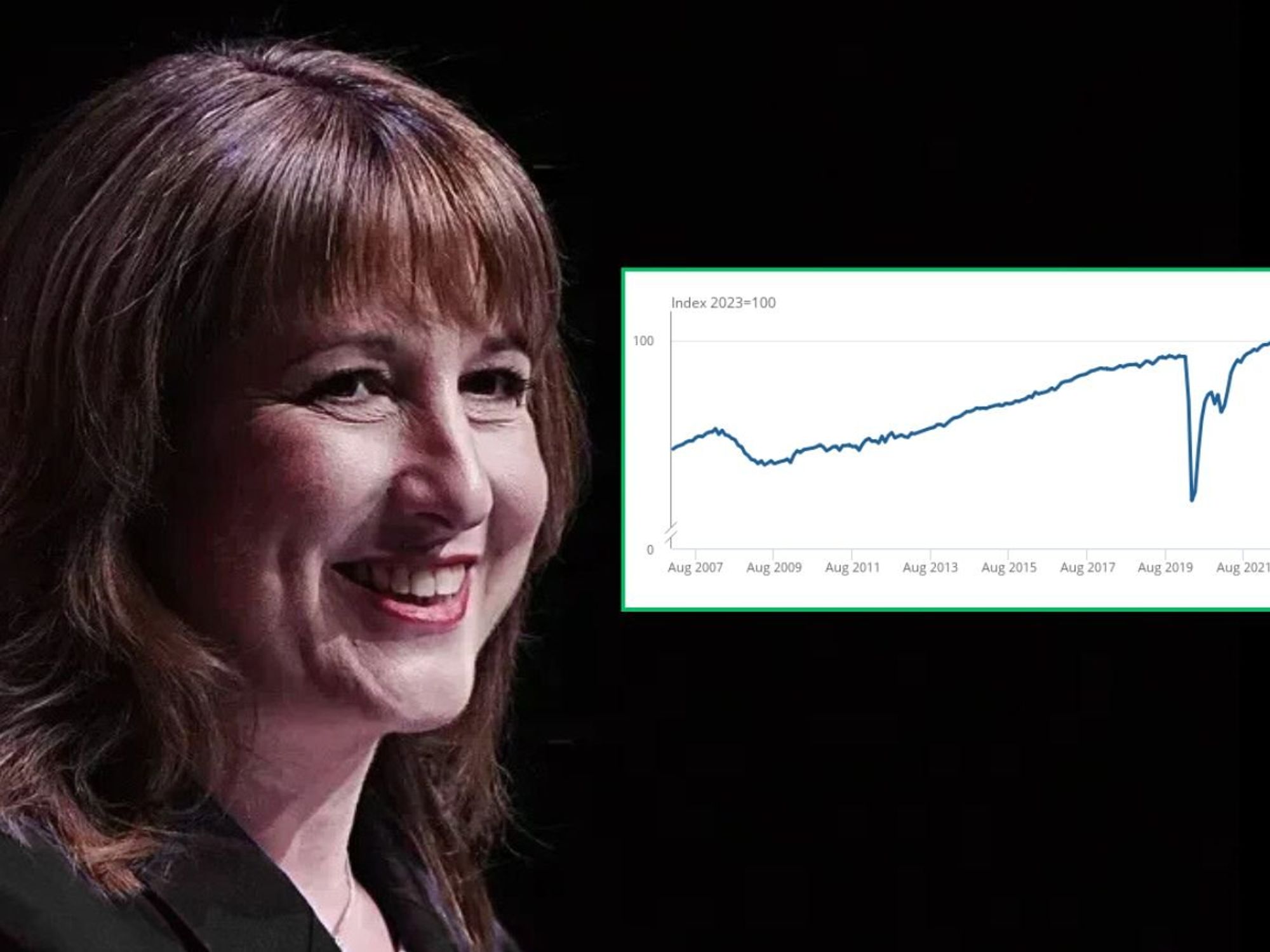Interest rates set for 'downward path' despite high inflation, says Bank of England boss

Andrew Bailey explained there is slack in the economy that will help to bring down inflation
Don't Miss
Most Read
Andrew Bailey has indicated that interest rates are set for a "downward path" despite inflation remaining above the central bank's target.
The Bank of England governor's comments come ahead of the Bank's next rate-setting meeting on August 7, where the Monetary Policy Committee will review the current rate.
Bailey said "I really do believe the path is downward" for interest rates, which currently stand at 4.25 per cent.
Bailey acknowledged questions about cutting rates whilst inflation exceeds target, saying "some people say to me 'why are you cutting when inflation's above target?'"
His remarks signal a potential shift in monetary policy as the Bank weighs economic conditions against persistent inflation.
Bailey told The Times that Britain’s economy was growing behind its potential, opening up "slack" that would help to bring down inflation, which is expected to rise above 3.4 per cent when official figures for June are published this week.
Inflation remains a key concern, with economists predicting it could rise to 3.5 per cent when figures are released on Wednesday. Deutsche Bank Research expects inflation to peak at 3.8 per cent over summer before slowing through 2026, with headline CPI tracking at 3.3 per cent this year and declining to 2.4 per cent next year.
Despite inflation forecast to stay high, Bailey has directly linked potential interest rate cuts to signs of a weakening job market, particularly as businesses respond to Chancellor Rachel Reeves' decision to increase employers' National Insurance contributions.
Bailey said there were "consistent signs" that businesses are "adjusting employment and hours" following the tax change.
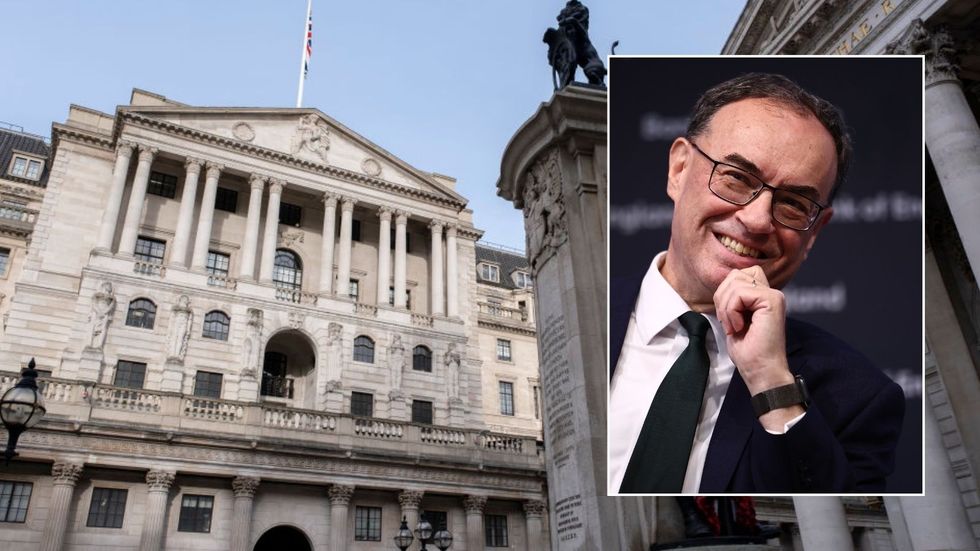
The Bank of England has hinted to further interest rate cuts
| GETTYChancellor Rachel Reeves raised National Insurance rates for employers from 13.8 per cent to 15 per cent in April this year, a move the Government estimated would generate £25bn annually.
Bailey observed that companies are "also having pay rises that are possibly less than they would have been if the NICs change hadn't happened".
The Bank of England governor suggested these employment adjustments could create the economic conditions necessary for rate reductions.
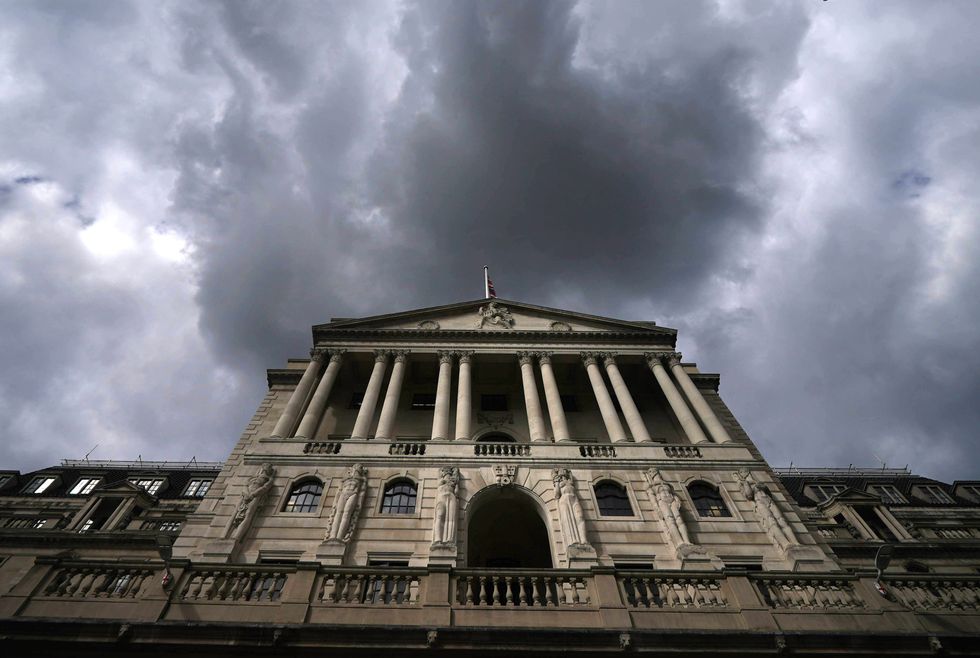
Bailey noted that firms are making adjustments to both staffing levels
| PAHe indicated the central bank is prepared to make larger interest rate cuts if the job market shows further signs of slowing down.
The National Insurance contribution increase is already affecting business decisions on employment and wages.
Bailey noted that firms are making adjustments to both staffing levels and working hours in response to the higher costs imposed by the Chancellor's policy changes.
The governor's assessment suggests these employment market changes could provide the Bank with justification for future rate cuts.
With businesses offering smaller pay increases than they might have done without the NICs rise, wage pressures that typically fuel inflation may ease.
The Monetary Policy Committee will next convene on August 7 to decide whether to maintain the current 4.25 per cent rate or implement a cut.
Bailey maintains that the UK economy is growing below its potential, creating "slack" that could help bring down inflation. This economic underperformance comes as the UK economy contracted by 0.1 per cent in May, following a similar shrinkage in April, driven mainly by drops in manufacturing and weak retail sales.

Economists have predicted inflation could hit 3.5 per cent
| GETTYBailey's comments indicate the Bank is closely monitoring labour market data as a key factor in its decision-making process.
The current Bank of England base rate of 4.25 per cent affects mortgage, credit card and savings rates for millions of people across the UK.
Interest rates were held at this level during the Bank's June meeting, following two cuts earlier in the year.
More From GB News





